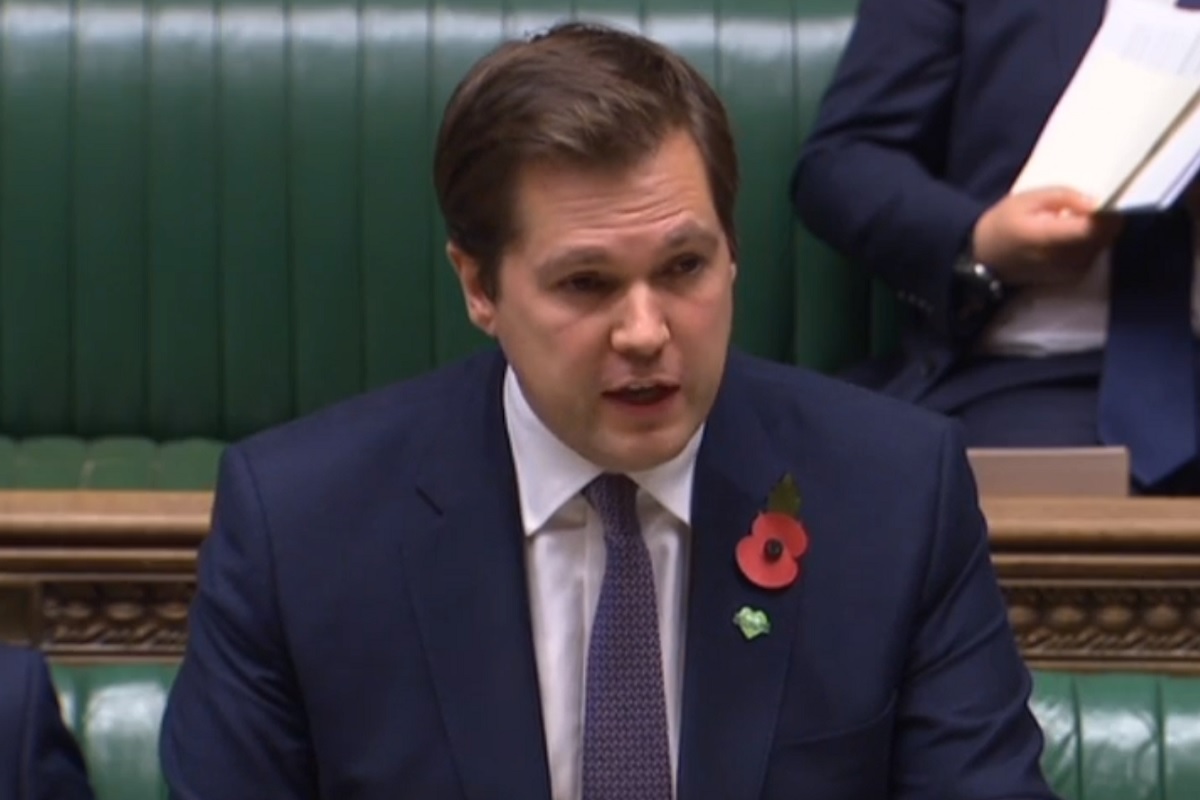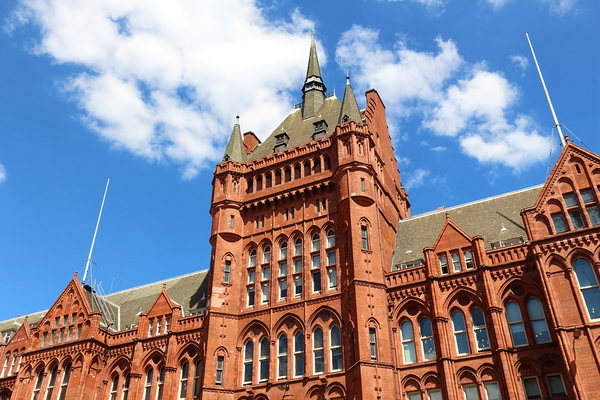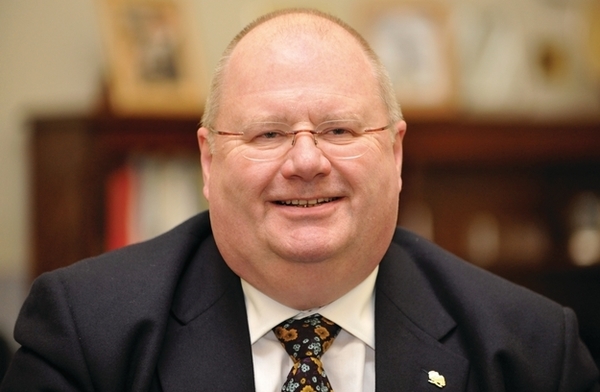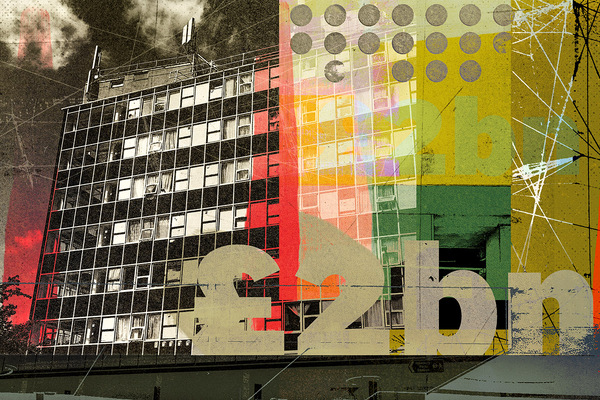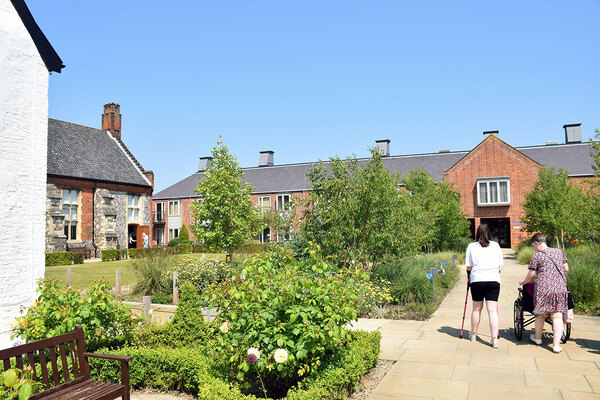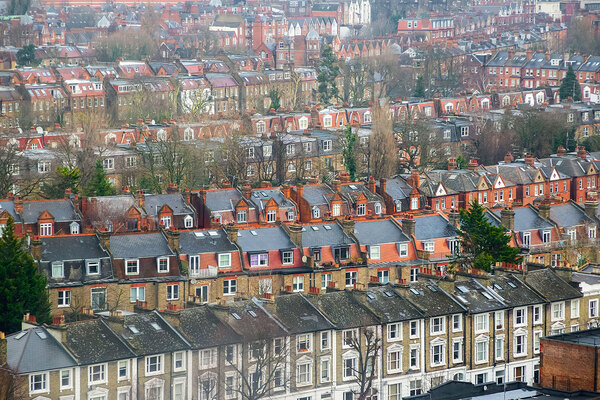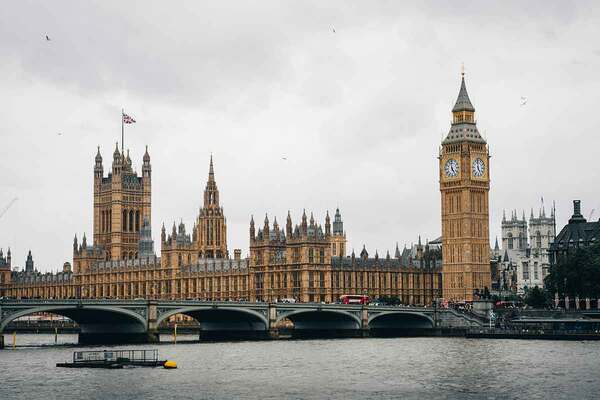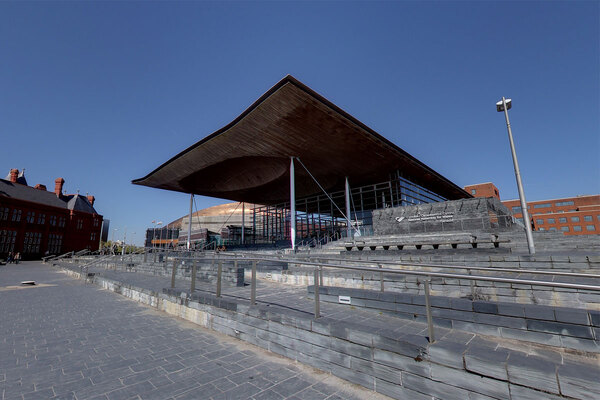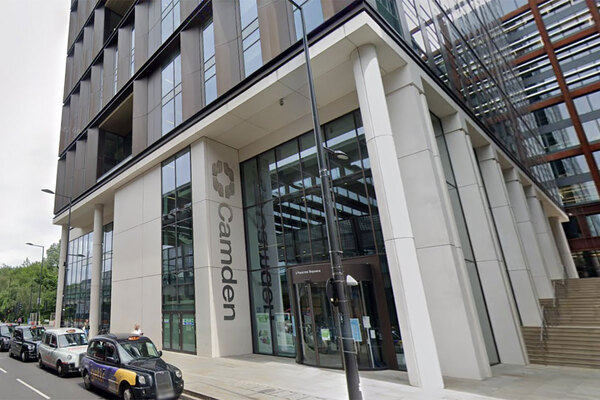Government to implement Grenfell Inquiry recommendations ‘in full’ and provide funding
Ministers will implement recommendations put forward in the Grenfell Tower Inquiry’s first report “in full” and “without delay”, housing secretary Robert Jenrick has confirmed.
Sir Martin Moore-Bick’s report, based on events on the night of the blaze, called among other things for evacuation plans to be drawn up for all high-rise buildings and an “urgent” inspection of fire doors in all blocks of flats.
It also recommended new management and maintenance responsibilities for building owners, including improved internal signage, quarterly fire door inspections and regular checks of firefighting lifts.
During a long speech in parliament today, prime minister Boris Johnson promised: “I can confirm that where Sir Martin recommends responsibility for fire safety to be taken on by central government, we will legislate accordingly.”
Mr Jenrick later added: “As the prime minister said in his opening remarks, the government will accept all of the findings of the report and accept them in full.
“We want to ensure that the recommendations are implemented without delay. We will work with our partners including fire and rescue services across the country to deliver them.
“And in answer to the honourable lady from Lincoln, and the leader of the opposition, of course we will fund any actions that are required to do so.
“We will bring forward legislation as soon as possible including ahead of the Building Safety Bill if that would mean that any of Sir Martin’s recommendations can be implemented sooner than they would otherwise have been.”
But he said developers and building owners should “act on these recommendations now” rather than wait for legislation.
Mr Johnson said that civil servants tasked with carrying out this work had been asked to provide him “with regular and frequent updates”.
Sir Martin wrote to Number 10 ahead of his report’s publication calling for his recommendations to be implemented “without delay”.
With parliament about to enter an election period, it is unlikely that any legislation will come forward until after a new government has been formed in December.
The government has already committed to bring forward a bill to establish a new building safety regulator.
MPs will be given a further debate on the phase one report once it has been scrutinised in more detail “at the earliest suitable opportunity”, Mr Johnson said, but he acknowledged that this would likely be after the election.
He added: “If any good is to come of this senseless tragedy, a tragedy that should never have happened, if it is to become a catalyst for a change in our approach to fire safety and indeed to social housing more widely, then we must get to the truth about what happened and why.
“We must expose and fix the failings that allowed an otherwise safe building to become so dangerous, that allowed a small kitchen fire to become a devastating inferno, that led so many people being told to stay in their homes when they could and should have been fleeing to safety.”
In response to questions from Labour MPs about cuts made to the fire service during his time as London mayor, the prime minister said there were “no findings that I know about lack of resources” in the inquiry report.
Labour leader Jeremy Corbyn said: “Grenfell, we all agree, must never happen again. And it’s happened, I think, because of the way in which building regulations have either not been adhered to or are inadequate, an inspection regime that was either non-existent or inadequate, and a response that was insufficient.”
And Theresa May, who was prime minister at the time of the Grenfell Tower fire, urged the government to publish its response to the Social Housing Green Paper consultation “as soon as possible after parliament is reconvened”.
Shortly before she left Number 10 this summer, Ms May said that an action plan on the green paper would surface in September, but it has yet to appear.
The Grenfell Tower Inquiry recommendations: phase one
Picture: Getty
Evacuation
There were no plans to evacuate Grenfell Tower available. Sir Martin Moore-Bick, chair of the Grenfell Inquiry, recommended:
- The development of national guidelines for carrying out partial or total evacuations of high-rise buildings – including protecting fire access routes and procedures for evacuating people who require assistance
- Fire services develop policies for partial or total evacuation of high rises
- Owner and manager be required to draw up and keep under review evacuation plans, with copies provided to local fire and rescue services and placed in an information box on the premises
- All high-rise buildings be equipped with facilities to enable the sending of an evacuation signal to the whole or a selected part of the building
- Owners and managers be required by law to prepare personal evacuation plans for residents who may struggle to do so personally, with information about them stored in the premise’s information box
- All fire services be equipped with smoke hoods to help evacuate residents down smoke-filled stairs
Fire doors
Sir Martin said it is apparent that “ineffective fire doors allowed smoke and toxic gases to spread through the building more quickly than should have been possible”, and that missing self-closers played an important role. He recommended:
- An urgent inspection of fire doors in all buildings containing separate dwellings, whether or not they are high rises
- A legal requirement on the owner or manager of these buildings to check doors at least every three months to ensure self-closing devices are working effectively
Sprinklers
Noting the recommendation from the coroner investigating the Lakanal House fire that the use of sprinklers be encouraged, Sir Martin said that some of his experts had “urged me to go a step further and to recommend such systems be installed in all existing high-rise buildings”.
He said that sprinklers have “a very effective part to play” in an overall scheme of fire safety, but that he had not yet heard evidence about their use. He said that he could make no recommendations at this stage, but that he would consider the matter in phase two.
Internal signage
Floor numbers in the tower were not clearly marked and markings were not updated when the floor numbers changed following the refurbishment. Sir Martin said that all high-rise buildings should have floors clearly marked in a prominent place, which would be visible in low light or smoky conditions. Given that not all residents of Grenfell could read fire information signs, he said this should now be provided in a means that all residents can understand.
Use of combustible materials
Sir Martin said the original fire in the kitchen was no more than an ordinary kitchen fire that spread to the cladding because of “the proximity of combustible materials to the kitchen windows” – such as the uPVC frames.
He said this is a matter that “it would be sensible” for owners of other high-rise buildings to check.
He said he would “add his voice” to those who have expressed concern about the slow pace of removal work for more than 400 other tall buildings in England with aluminium composite material cladding.
A total of 97 buildings in the social housing sector and 168 in the private sector have not yet seen the work complete. Sir Martin said the work must be completed “as vigorously as possible”.
He said particular attention should be paid to decorative features, given the crucial role played by the architectural crown at Grenfell in spreading the fire around the building.
Given the decision to ban combustible materials on new buildings last year, he did not call for further restrictions on their use.
Fire service: knowledge and understanding of materials in high-rise buildings
Sir Martin raised concern that junior firefighters were not aware of the danger of cladding fires, and that the London Fire Brigade (LFB) was unaware of the combustible materials used to refurbish Grenfell Tower.
He therefore recommended:
- That the owner and manager of every high-rise building is required to provide details of external walls and the materials used to the local fire service, and inform them of any changes
- To ensure that fire services personnel at all levels understand the risk of cladding fires
Plans
Sir Martin said that a lack of plans did not “unduly hamper” fire services at Grenfell, as each floor was laid out in the same way. However he warned that another building with a more complex layout could pose problems. He recommended:
- That owners and managers of high-rise buildings are required by law to provide paper and electronic versions of building plans of all high rises to local fire services
- To ensure the building contains a premises information box, including a copy of floor plans
Lifts
Firefighters were unable to use a mechanism that allows them to take control of the lifts on the night of the fire, hampering their progress and meaning residents could still use the lifts, “in some cases with fatal consequences”. Sir Martin therefore recommended:
- That the owner and manager of every high-rise building be required by law to carry out regular inspections of any lift required for use by firefighters and the mechanism that allows them to take control of it
Section 7(2)(d) of the Fire and Rescue Services Act
The judge was concerned that inspections of the tower by the fire service before the fire were not enough to meet their responsibilities under this act. He recommended:
- A revision of the guidance for the London Fire Brigade, and training for all officers above the rank of crew manager in inspecting high-rise buildings
Co-operation between emergency services
There was a lack of communication between each emergency service at Grenfell, with each declaring a major incident at different times without telling each other. Sir Martin recommended several changes to ensure better communication in the future.
Personal fire protection
Sir Martin decided not to issue a recommendation that individual flats be provided with fire extinguishers or fire blankets, noting concerns that this could encourage residents to fight fires rather than escape and call the emergency services.
Communication between the control room and the incident commander
While guidance calls for a “free flow” of information between a fire service control room and the commanding officer on the ground, that often does not happen. Sir Martin therefore recommended:
- A review of policies by the LFB on this matter, including training for all officers who could serve as incident commanders and senior control room officers.
- A dedicated communications link between the senior officer and the incident commander
Emergency calls
Even allowing for the pressure of the night, Sir Martin said that fire survival guidance calls were not handled in an “appropriate or effective way”. He therefore recommended:
- Amending of policies and training for control room officers
- That all fire services develop policies for multiple fire survival guidance calls
- Electronic systems to record and display calls
- A policy for managing a transition from ‘stay put’ to ‘get out’ and training for call handlers in delivering this change of advice
Command and control
Sir Martin said firefighters too frequently “acted on their own initiative”, resulting in a duplication of effort. He called for better policies to ensure:
- Better control of training and deployment
- Information is obtained from crews after they have deployed
Equipment
Sir Martin made some recommendations for improvements to fire service equipment, including radios and the command support system.
Testing and certification of materials
Sir Martin said this is an issue that will be investigated “early in phase two”, along with an assessment of “whether the current guidance on how to comply with the building regulations is sufficiently clear and reliable”.
He also said the inquiry would investigate whether a ‘prescriptive’ regime of regulation was necessary. However, as these issues have not yet been examined by the inquiry he did not make any recommendations.
